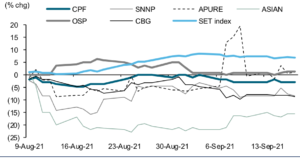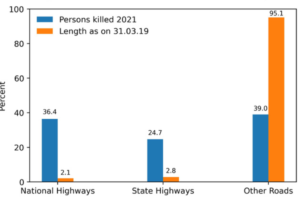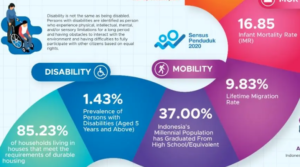In recent years, Vietnam has emerged as a rising star in the global textile and garment industry. With a rich history deeply rooted in the art of textile craftsmanship, Vietnam has rapidly transformed into one of the world’s key players in this sector.
The country’s strategic location, competitive labor costs, and focus on technology and innovation have made it an attractive destination for garment manufacturers and fashion brands worldwide. With a robust commitment to sustainability and a drive for continuous improvement, Vietnam’s textile and garment sector is poised for further growth. In this blog, we will explore the facets that make Vietnam’s textile and garment industry shine, delving into recent statistics, industry dynamics, challenges, and a glimpse into the future.
Vietnam’s garment industry, a titan of its export economy, faced unprecedented challenges in 2023, navigating a perfect storm of global economic headwinds and internal shifts. The Viet Nam Textile and Apparel Association (Vitas) reported that after a strong year in 2022, the Vietnamese garment industry faced a sharp decline in 2023. Turnover dropped by 10%, and some product categories saw price reductions of up to 50%. Even with efforts to cut unit production costs by 30%, the industry struggled to maintain profitability. Hence, this marked a year of stark contrasts and uncertain futures.
The Downturn’s Symphony:
Global Slowdown: The global economic downturn, fueled by factors like inflation and geopolitical tensions, led to reduced consumer spending on discretionary goods like apparel. This directly impacted Vietnam’s export-driven garments industry, with orders declining and prices under pressure.
Supply chain disruptions: The lingering effects of the pandemic and the ongoing wars continued to disrupt global supply chains, leading to higher raw material costs and logistical bottlenecks. This impacted Vietnam’s access to critical materials and increased production costs.
Rising labor costs: Vietnam’s recent economic growth has led to rising labor costs, making it less competitive compared to other garment-producing nations like Bangladesh and Cambodia. This spurred concerns about potential factory closures and job losses.










